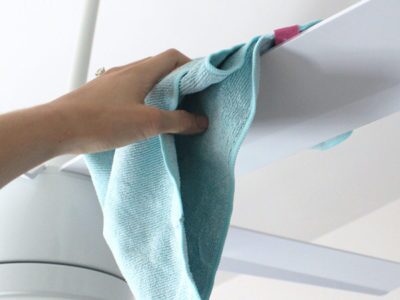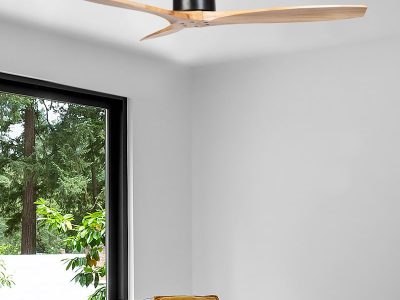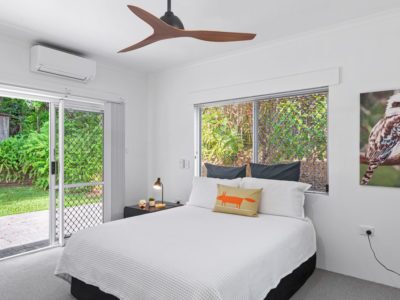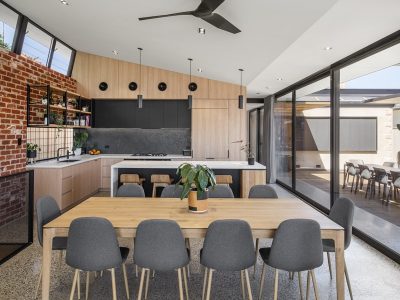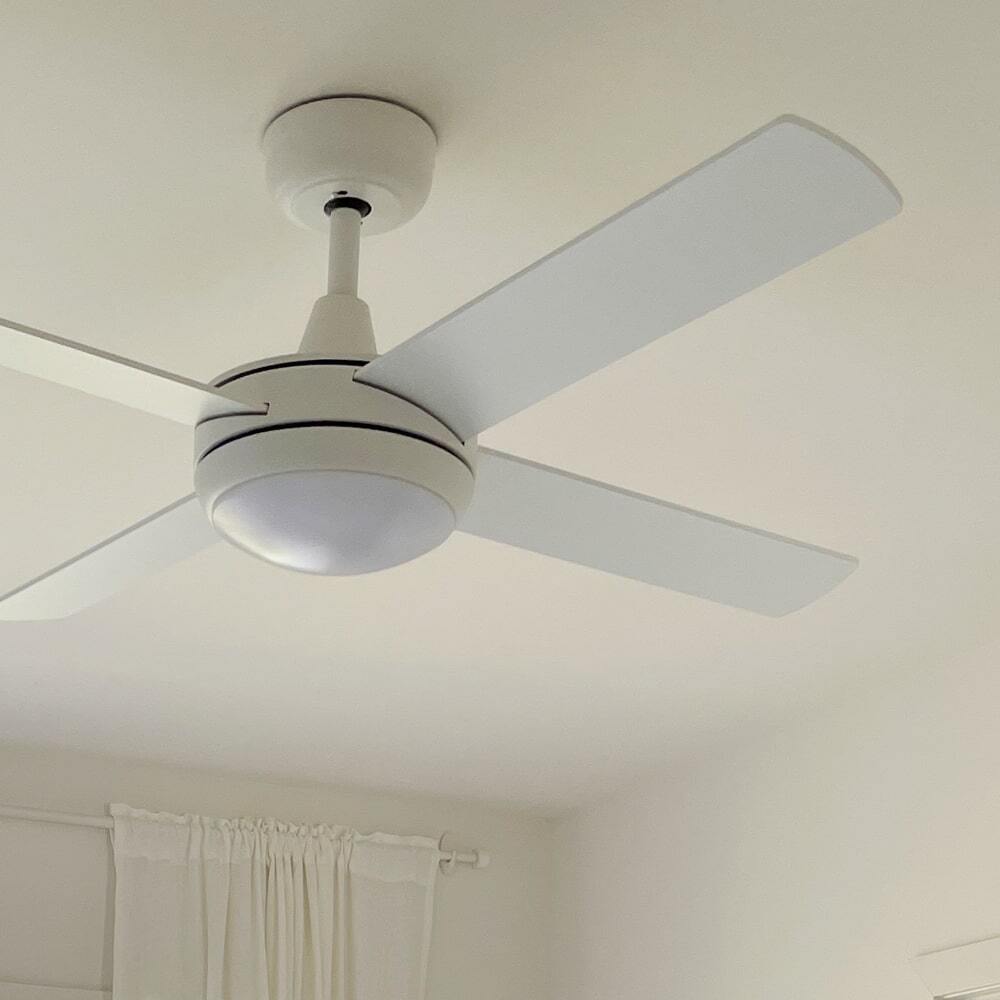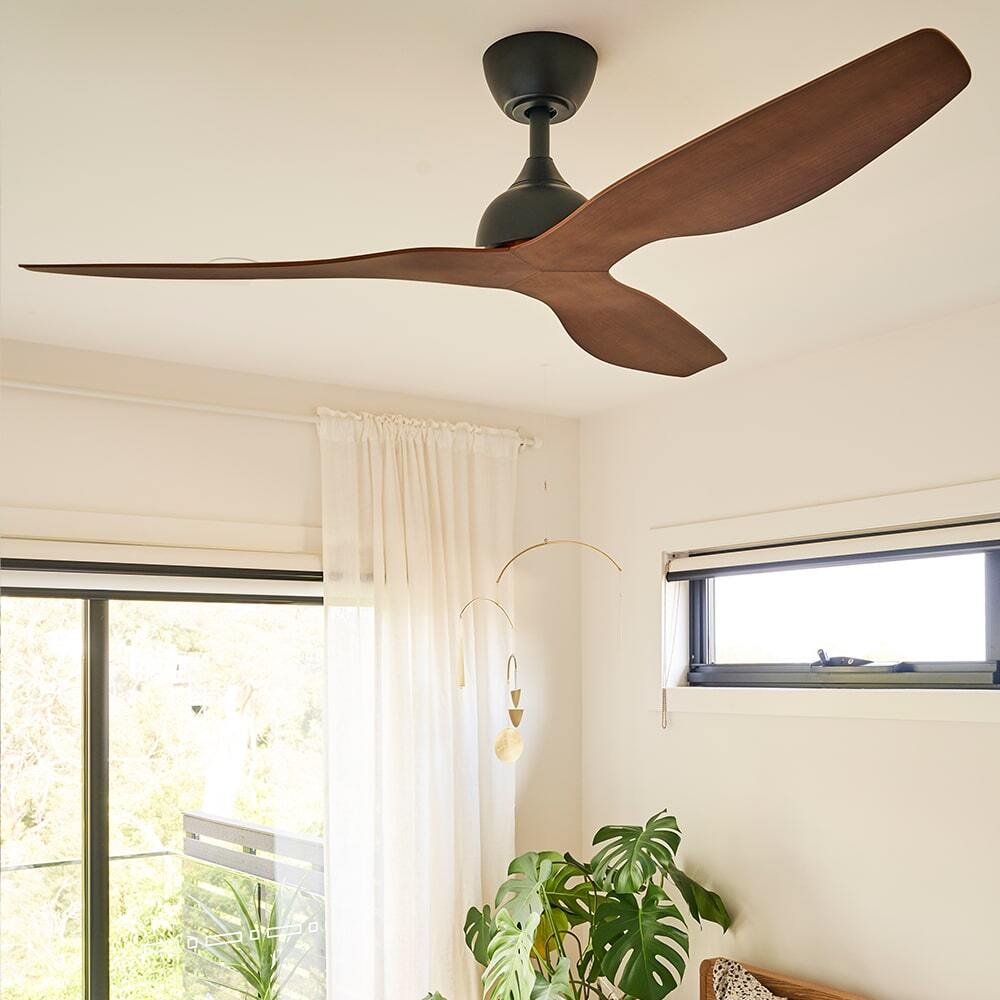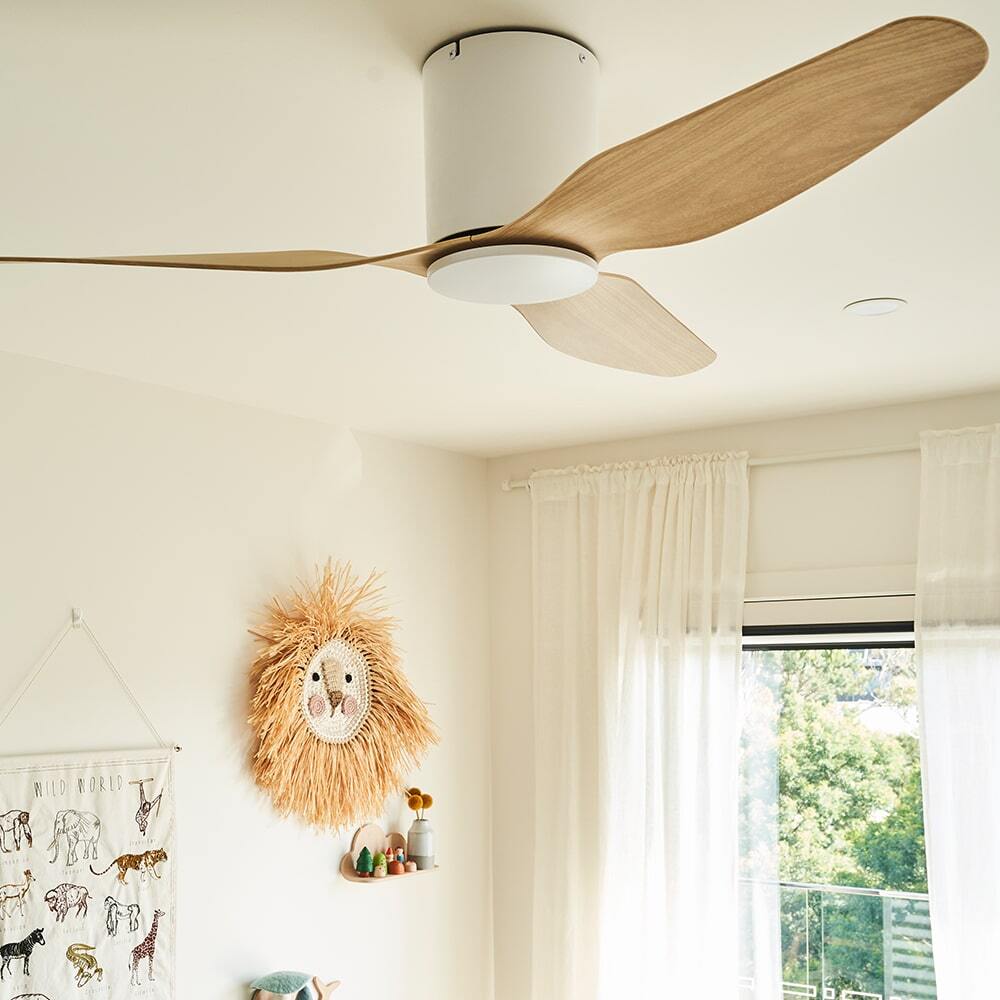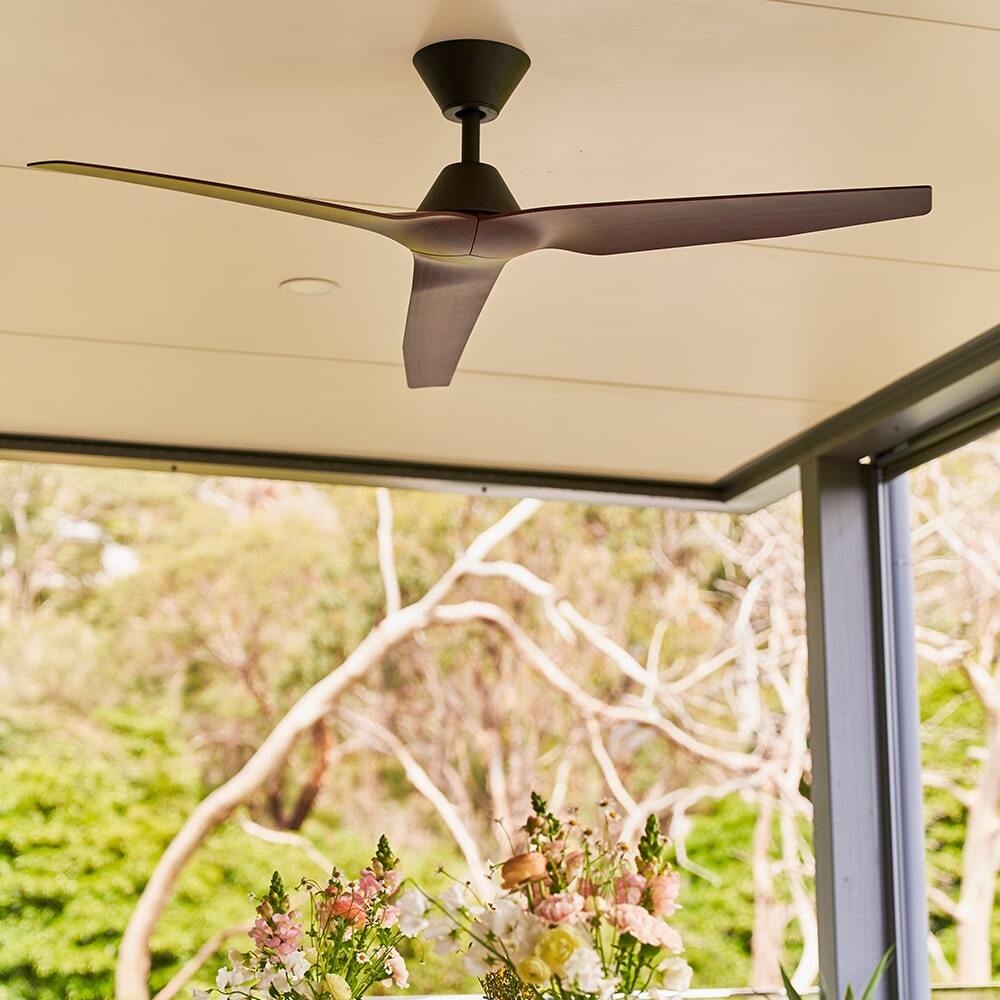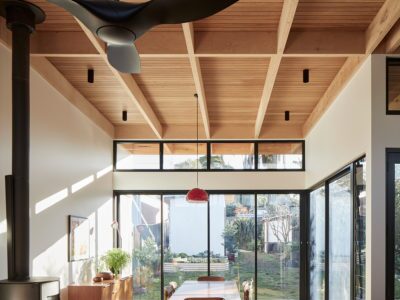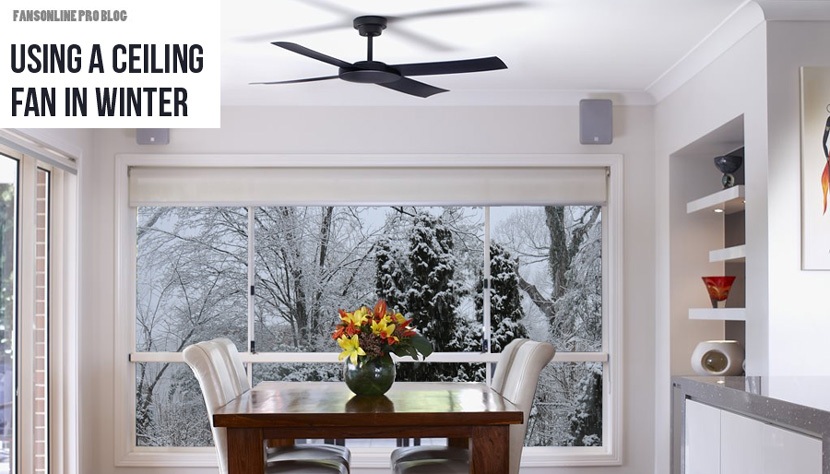Quiet Ceiling Fans in Australia
One of the most common questions that we receive is 'what is the most quiet ceiling fan?'. For a ceiling fan quietness is an important consideration, so we have put together some of our top picks for 2023 based on low noise output. A ceiling fan that operates in near silence is a big requirement for a bedroom ceiling fan, with the ideal being a fan that generates a gentle breeze whilst you are sleeping. Whilst we have included many suitable bedroom fans in our summary below, you may also wish to read our top 10 bedroom fan award winners, where we specifically review bedroom fans against this and other criteria that are important for bedroom use.
1. Fanco Eco Silent DC Ceiling Fan
The Eco Silent has been one of our best selling quiet ceiling fans for the last couple of years, for a number of reasons and one of the main reasons is how perfect the fan is for a bedroom. The fan is CHOICE recommended, and comes equipped with an energy saving DC motor. With 5 speeds to choose from the first couple of speeds are great for generating a gentle breeze. For these reasons we have picked the Eco Silent as our primary choice for a quiet fan.
Below are some recent reviews of this fan taken from Product Review:
"I purchased 7 fans, the purchasing process was simple and delivery was quick considering it was over the Xmas break. Only down point was that 4 (larger) fans were initially delivered, wasn’t until I made contact that I was informed that they were out of stock of the smaller fans which were no longer being manufactured. I selected an alternative which were subsequently delivered very quickly. All installed and work well. Very quiet and move a lot of air. Once I made contact communication was great and some money refunded quickly. Would happily recommend."
"The Eco Silent fans we purchased have been installed in our bed rooms and are indeed very quiet. The remote control functionality works well, I really like the reverse button. The bed rooms are standard double bed size and the fan moves the air easily on the 3 setting during the day and we only need 1 at night. The light in the fan is excellent and easily fills the room. It is perhaps a bit too bright when you turn the light on during the night, but, during the day its excellent. The fan did not need the balancing kit that came with it, there was no rocking or rolling once it was installed and tested."
Read more about the Eco Silent on Product Review.
2. Claro Whisper Ceiling Fan
If you are looking for a reliable and modern ceiling fan, look no further than the Claro Whisper Ceiling Fan. One of our best-selling ceiling fans, both in terms of performance and excellent price point. The fan features three delicately contoured blades and a DC motor, which work together seamlessly to ensure quiet operation and excellent performance. The Whisper is available both with and without light. What’s more, the model with light allows you to easily control both CCT and dimming functionality via the remote control.
For lower-than-average ceiling rakes, the Whisper is also available in a Low-Profile design with a minimal 180mm ceiling-to-blade drop.
“I love that this fan is suitable for lower ceilings and tall people! The profile of the fan works in an older home, but is also modern enough for new homes. Its lowest power setting is strong enough to get the air moving without disturbing paperwork, and the remote control is easy to use. There is no wobble in the fan, and it is practically silent.”
“Great for the bedroom and office. We have one of these in our bedroom and office. It’s quiet, energy efficient, and moves a lot of air. Made a huge difference to the comfort of our home.”
Read more about the Claro Whisper on Product Review.
3. Aeratron Ceiling Fan
Recently Aeratron released two new models, the AE+ and the FR range. With over 30 models to choose from the Aeratron is available in a number of sizes and colours. The Aeratron has won international awards in recognition of its energy efficiency and low noise output. The unique curvature of the airfoil blade provides great airflow and its a popular choice with designers and architects.
The patented self balancing system on the Aeratron ensures reliable performance keeping the blades in 'dynamic equilibrium'. The optimised contours of the three dimensional blades result in a highly engineered product designed to minimise noise and optimise efficiency.
4. Infinity-iD DC Ceiling Fan
Firstly our customers seem to love the Infinity-i ceiling fan for its awesome looks, the motor housing is impressively small and looks great in conjunction with the Scandinavian style blades. Similarly to the Eco Breeze this blade design is lightweight and cuts through the air gently resulting in minimal noise.
"Amazing fan! Simple but stylish and has become quite the feature in my home. It's so quiet too! A perfect breeze and great on those hot nights! Would highly recommend to anyone."
"We needed a fan for our cabin in the bush. This was the perfect size to push the air conditioning from another room into our bedroom. Perfect for those days when warm but not warm enough for air con. Very quiet & easy to use. I would recommended this product & the customer service was beyond good."
Read more about the Infinity-i on Product Review.
Want to know our recommendations based on things like best bedroom fan, best outdoor fan, best fan with light and more? Head over to our Ceiling Fans Awards page! We update this page every few months to ensure we are reveiwing the latest models.
What makes a ceiling fan quiet?
There are many factors that contribute to a ceiling fan being quieter than another. Things like built quality and correct installation contribute to no audible clunky noises. Thankfully the technology that goes into making a ceiling fan has improved so much over the years that this is now rarely an issue with models that are available for purchase at Fansonline.
Motor Type - DC motors take advantage of newer technology and in most cases result in a quieter fan. They are more energy efficient than an AC motor, typically requiring somewhere between 25-35 watts to operate whilst providing the same or higher airflow in comparison to an AC motor.
Efficiency - An efficient fan will typically have a low wattage DC motor, but also an aerodynamic blade that maximises air movement whilst reducing drag and the literal noise of a blade cutting through the air.
Revolutions per Minute - This indicates how quickly the fan spins. A fan with low RPM's will mean that the air is moved gently which can often mean that it is quieter.
Overall Build Quality - Poor quality fans can result in clicking, ticking or clunking noises. A well constructed fan installed by a competent Electrician should be noise free.
Air Noise - This is largely unavoidable, in correlation with high airflow comes the audible noise of the air actually being moved downwards, creating the cooling effect. This is typically only really noticeable on the higher speeds. One of the reasons we really like DC fans is the range of speeds on offer.
Ensure that your fan is well maintained - regularly clean the blades with a damp cloth, excessive build up of dust is unsightly and could result in fan imbalance.

